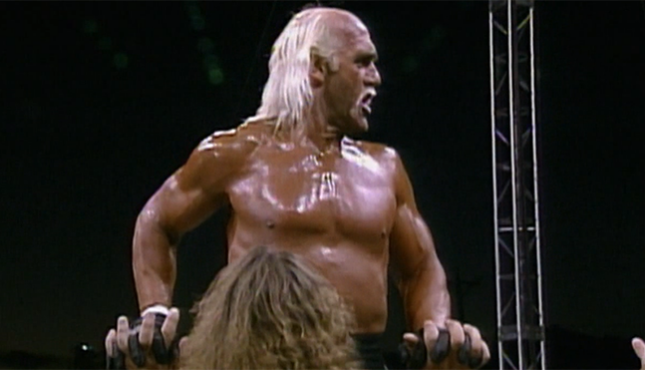The professional wrestling career of Hulk Hogan has been a subject of fascination for fans around the globe. Recent analysis has provided insights into just how much time the wrestling icon spent in the ring throughout his career. According to data compiled from Cagematch, Hogan participated in a total of 2,120 matches, with 538 of those being singles matches that had recorded durations.
Over these 538 singles matches, Hogan logged approximately 5,061 minutes and 47 seconds of ring time, which equates to roughly three-and-a-half days of actual wrestling. This averages out to about 9.4 minutes per match, a figure that surprised many fans given Hogan’s legendary status and the commonly held belief that his matches were longer.
Notable Matches and Title Defenses
While fans might expect longer match durations from a figure like Hogan, the data suggests otherwise. His longest singles match occurred on March 8, 1980, when he faced off against Bob Backlund for the WWF Championship at the Capital Centre in Landover, Maryland. This match lasted an impressive 33 minutes and 36 seconds. Other notable lengthy bouts with Backlund also included matches lasting 29 minutes and more, showcasing that while Hogan’s average match length is relatively short, he was capable of longer performances when needed.
In addition to his match durations, Hogan’s title defenses during his first WWF Title reign, which lasted 1,474 days from January 23, 1984, to February 5, 1988, are noteworthy. During this period, he defended his championship a total of 467 times, averaging a defense approximately every 3.16 days. This prolific defense rate highlights his prominence and popularity during this era of wrestling, solidifying his legacy as one of the sport’s all-time greats.
Fan Reactions and Legacy
The findings have sparked discussions among wrestling fans, many of whom recall the spectacle of the Hulkamania era. The shorter average match length challenges traditional perceptions of Hogan’s wrestling style, which often emphasized charisma and persona over technical prowess. His matches were theatrical and designed to engage the audience, which may explain why they feel longer in memory.
As the wrestling landscape continues to evolve, Hogan’s impact remains a topic of analysis and debate. His ability to draw crowds and maintain a championship presence has influenced countless wrestlers who followed him. While the numbers may redefine how fans perceive his in-ring capabilities, they also emphasize the importance of character and entertainment in professional wrestling.
In conclusion, Hogan’s career, marked by extensive match participation and a remarkable number of title defenses, continues to resonate with wrestling fans. The data compiled from Cagematch provides a fascinating glimpse into the time he spent in the ring, contributing to the ongoing discussion about his legacy in the world of professional wrestling.
